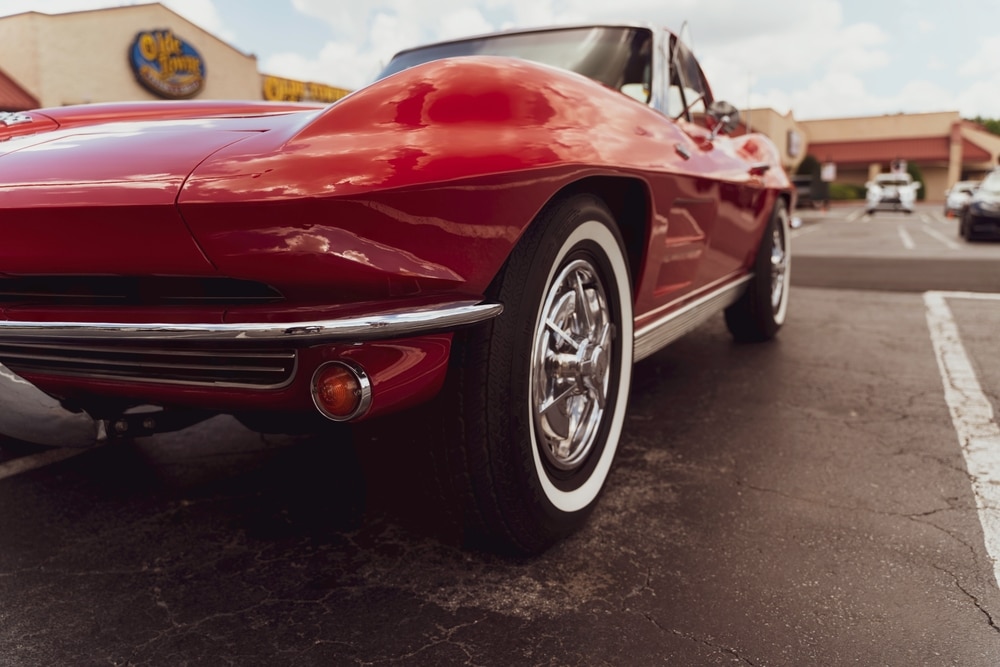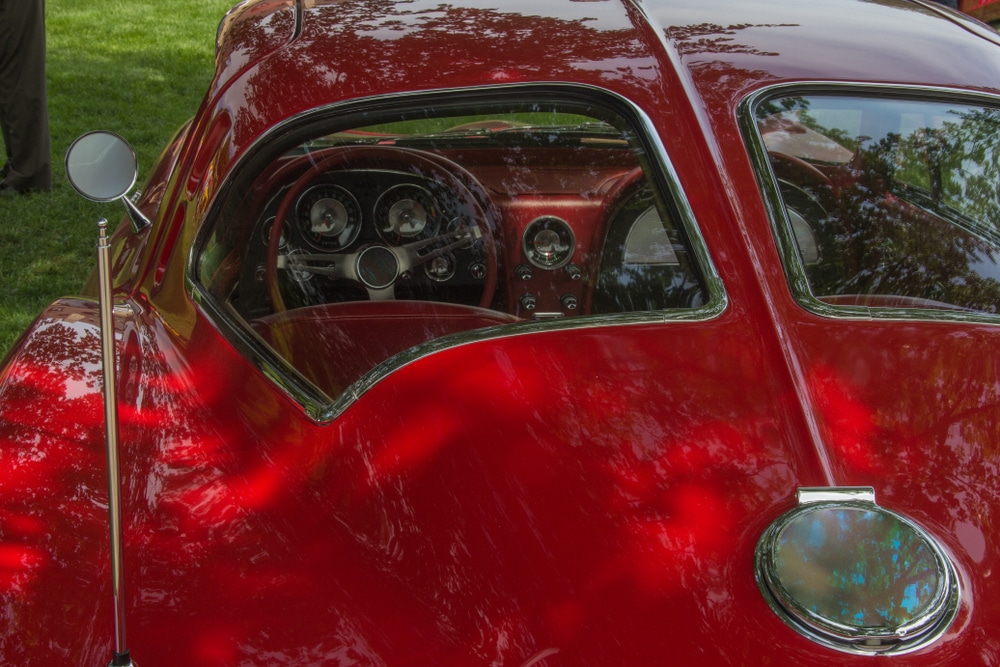Changing brake pads is a common maintenance task for many car owners, but it often leads to questions about the braking system.
One frequent concern is whether you need to bleed the brakes after swapping out those worn pads for fresh ones.
Well, buckle up, because we’re about to dive into the nitty-gritty of brake work.

Typically, you don’t need to bleed your brakes after changing the pads. In fact, it’s a bad idea to do both at once. If you end up with a spongy peddle, you won’t know what to fix.
The brake pad replacement process doesn’t usually introduce air into the hydraulic system, which is the main reason for bleeding brakes.
However, if you’ve been a bit overzealous and accidentally opened a brake line or pushed the caliper piston too far back, you might need to break out the bleeding kit.
Remember, your brakes are like the bouncer at a club – they need to be in top form to keep things under control.
If you notice any sponginess in the pedal after changing your pads, it might be time to consider bleeding those lines.
Better safe than sorry when it comes to stopping power, right?
Key Takeaways
- Brake bleeding is generally unnecessary when only changing pads
- Air in the brake lines requires bleeding for optimal performance
- Regular brake maintenance ensures safety and prolongs system life
The Role of Brake Pads in the Braking System
Ever wondered what those little chunks of metal and friction material do in your car?
Well, brake pads are the unsung heroes of your vehicle’s stopping power.
They’re like the shoes of your braking system, always ready to grip and grind when you need to slow down.
When you hit that brake pedal, you’re not just telling your car to stop. You’re kicking off a whole chain reaction.
Your brake pads spring into action, squeezing against the rotors like a mechanical sandwich.
Picture this: your brake pads are the bread, and the rotor is the filling. When they come together, they create enough friction to make your wheels stop spinning.
It’s like trying to stop a merry-go-round with your hands, except way more effective (and less likely to make you dizzy).
But here’s the kicker – your brake pads are constantly sacrificing themselves for your safety. Every time you brake, they wear down a little bit.
It’s a thankless job, but somebody’s got to do it!
Your calipers, the clamps that hold the brake pads, are like the hands that push the sandwich together.
They squeeze the pads against the rotors when you press the brake pedal. It’s a team effort, and everyone’s got to pull their weight to keep you safe on the road.
So next time you’re cruising down the highway and need to slow down, give a little mental high-five to your brake pads. They’re working hard to keep you from becoming an accidental stunt driver!
Understanding the Need to Bleed Brakes

Bleeding your brakes isn’t just a fancy term mechanics throw around to confuse you. It’s a crucial process that keeps your car from turning into a runaway disaster on wheels.
The Menace of Air Bubbles
You know those pesky air bubbles that ruin your perfect latte art? Well, they’re even worse in your brake lines.
When air sneaks into your brake system, it acts like a squishy cushion, making your brake pedal feel softer than a marshmallow.
Brake fluid is supposed to be incompressible, but air? It’s as compressible as your waistband after Thanksgiving dinner.
This means when you hit the brakes, you’re squishing air instead of pushing fluid.
Ever tried to squash a balloon underwater? That’s what your brake system is dealing with when air’s involved. Not exactly the quick response you want when a squirrel darts in front of your car!
Impact on Braking Performance
Now, let’s talk about what happens when you’ve got air in your lines.
Your brakes might feel spongier than a wet sponge, and your stopping distance could rival that of an oil tanker.
Trapped air in your brake system is like having a lazy coworker – it’s there, but it’s not pulling its weight.
You might find yourself pushing the pedal to the floor just to get a mediocre stop.
And if you’re thinking, “Oh, it’s just a little air,” remember: in the world of brakes, a little goes a long way.
Even a small air bubble can reduce your braking efficiency by up to 30%. That’s the difference between stopping at the line and ending up in your neighbor’s living room!
Step-by-Step Guide to Brake Bleeding

Bleeding your brakes is essential for maintaining optimal brake performance.
Let’s dive into the nitty-gritty of this crucial maintenance task, covering everything from prep work to the final squeeze of the brake pedal.
Pre-Bleeding Preparations
Before you start, gather your tools. You’ll need a wrench, clear tubing, a catch container, and fresh brake fluid.
Jack up your car and secure it on jack stands. Safety first, folks!
Remove the wheels to access the brake calipers.
Locate the bleeder valves on each caliper. These little guys are your ticket to bubble-free brake lines.
Check your brake fluid reservoir. Top it off if needed, but don’t overfill.
You’ll be adding more as you bleed, so leave some room for the new juice.
Choosing the Right Brake Bleeding Method
You’ve got options, my friend.
The classic two-person method is tried and true. One person pumps the brake pedal while the other opens and closes the bleeder valve. It’s like a brake-bleeding dance!
For solo mechanics, there’s the gravity method. Open the bleeder valve and let gravity do the work. It’s slower but gets the job done.
Feeling fancy? Try a pressure bleeder. It attaches to your master cylinder and pushes fluid through the system. It’s efficient and makes you feel like a pro.
Master Cylinder Maintenance
Your master cylinder is the heart of your brake system. Keep it happy, and it’ll keep you stopping smoothly.
Check for leaks around the master cylinder. If you spot any, it’s time for a replacement. No compromises on brake safety!
While bleeding, keep an eye on the fluid level in the reservoir.
Don’t let it run dry, or you’ll introduce air and have to start all over. Trust me, you don’t want that headache.
After bleeding, give the master cylinder cap a good clean. Dirt there can contaminate your fresh fluid. Nobody wants dirty brake juice!
When to Replace Brake Pads and Rotors
Keeping your brakes in tip-top shape is crucial for your safety on the road.
You’ll want to know when it’s time to swap out those old pads and rotors before they start making a racket or, worse, fail you when you need them most.
Signs of Wear and Tear
Ever heard your brakes screaming like a banshee? That’s your car’s way of saying, “Hey buddy, time for new pads!”
Spongy brake pedals are another red flag. If your foot’s sinking to the floor faster than your heart when you see your ex, it’s time for a change.
Look out for that telltale grinding noise. It’s not your car trying to start a metal band—it’s metal on metal action you don’t want.
Vibrations in the steering wheel? Your rotors might be warped. They should be as smooth as your pickup lines, not bumpy like a teenager’s face.
Getting Hands-on: How to Install New Pads and Rotors
Ready to get your hands dirty? First, make sure you’ve got the right tools and parts. You don’t want to be caught with your pants down halfway through the job.
Start by loosening those lug nuts before you jack up the car. Safety first—use jack stands! Nobody wants a car sandwich with you as the filling.
Remove the wheel and locate the caliper. Unbolt it and slide it off.
Now’s your chance to push that piston back in. Don’t worry about bleeding the brakes unless you’ve opened the system.
Swap out those old pads for shiny new ones. If you’re changing rotors too, now’s the time.
Just remember, new rotors mean new pads. They’re a team, like peanut butter and jelly.
Reassemble everything in reverse order. Double-check your work—you don’t want your wheel deciding to go solo on the highway!
Additional Preventive Maintenance Tips
Hey there, gear head! Let’s talk about keeping those brakes in tip-top shape.
You know, prevention is better than cure, especially when it comes to your car’s stopping power.
First off, don’t forget to check your brake fluid regularly.
It’s like the lifeblood of your braking system. If it’s looking dark or dirty, it might be time for a change.
Now, let’s talk about those calipers. You want to keep them clean and lubricated. It’s like giving your brakes a spa day – they’ll thank you for it!
Here’s a quick checklist for you:
- Inspect brake pads every 10,000 miles
- Listen for any unusual squealing or grinding
- Check brake lines for leaks or cracks
- Keep an eye on your ABS module warning light
Remember, your ABS module is like the brain of your braking system. If that light comes on, don’t ignore it! It’s not just trying to decorate your dashboard.
Frequently Asked Questions
Bleeding brakes after changing pads isn’t always necessary, but it’s a topic that raises many questions. Let’s address some common concerns about this process and when it’s truly needed.
Is bleeding brakes mandatory after swapping brake pads, or can I skip the gym for this one?
You can usually skip the “brake bleeding workout” after changing pads. Typically, you don’t need to bleed the brakes when just swapping out the pads. But if you’ve been messing with brake lines or let air sneak in, you might need to pump some iron (or in this case, brake fluid).
After I replace my calipers, will my brakes ghost me if I don’t bleed them?
Your brakes won’t ghost you, but they might act a bit squirrely.
Replacing calipers often introduces air into the system. You’ll want to bleed those brakes to ensure they’re responsive and don’t leave you hanging when you need them most.
Are my new pads and rotors going to give me the silent treatment if I don’t bleed the brakes?
New pads and rotors won’t give you the silent treatment, but they might squeal a bit if air’s trapped in the lines. While bleeding isn’t always necessary, it can help ensure your brakes are performing their best and staying quiet.
What’s the deal with mountain bikes – do they need a brake bleeding after changing the pads, or are they the low-maintenance type?
Mountain bikes are like the easy-going friends of the brake world.
Most use hydraulic disc brakes, which don’t typically need bleeding just for a pad change. But if you’ve been rough on the trails and notice sponginess, a quick bleed might be in order.
Replacing brake shoes on drum brakes feels like a workout. Do I need to add a brake bleeding rep to my routine?
Good news, gear heads! Drum brakes don’t need bleeding after a shoe change.
They use a different system than disc brakes, so you can skip that extra “rep” in your brake maintenance routine.
Will my brakes throw a tantrum if I change the pads and dismiss them without a proper bleed?
Your brakes won’t throw a full-blown tantrum, but they might act up a bit.
If you notice any changes in pedal feel or braking performance after changing pads, bleeding the brakes is recommended.
It’s like giving your brakes a spa day – not always necessary, but it keeps them happy and performing their best.
